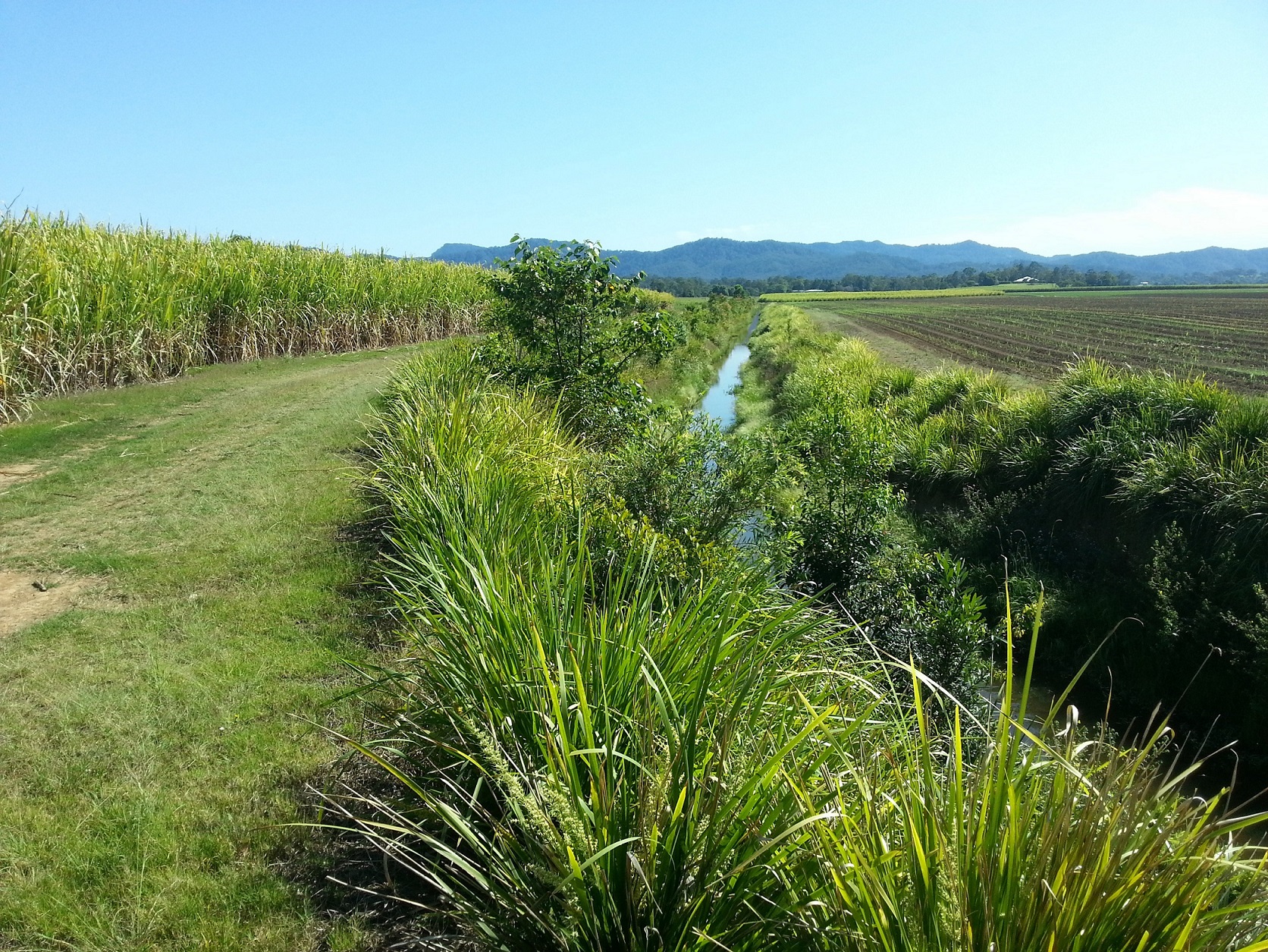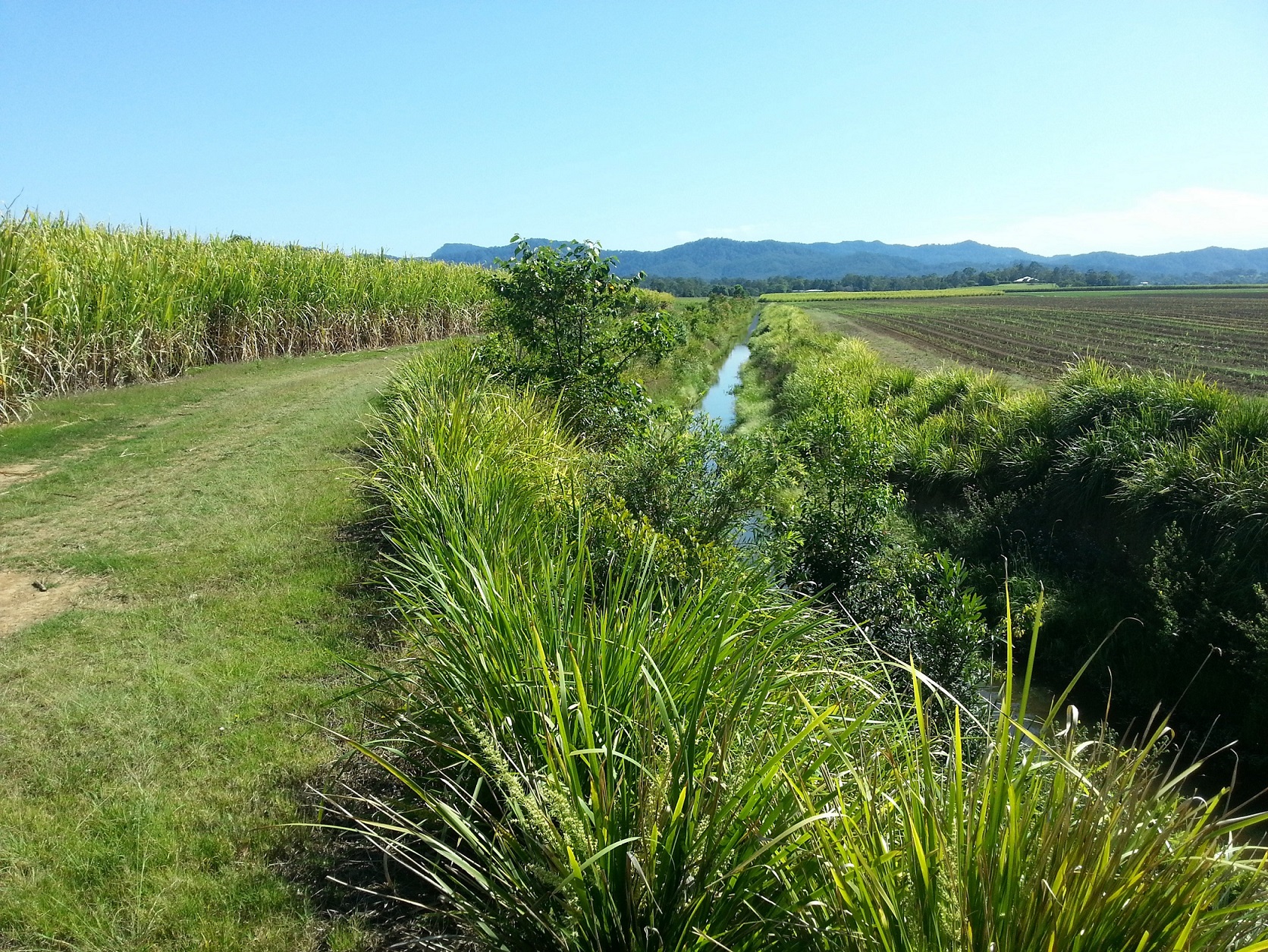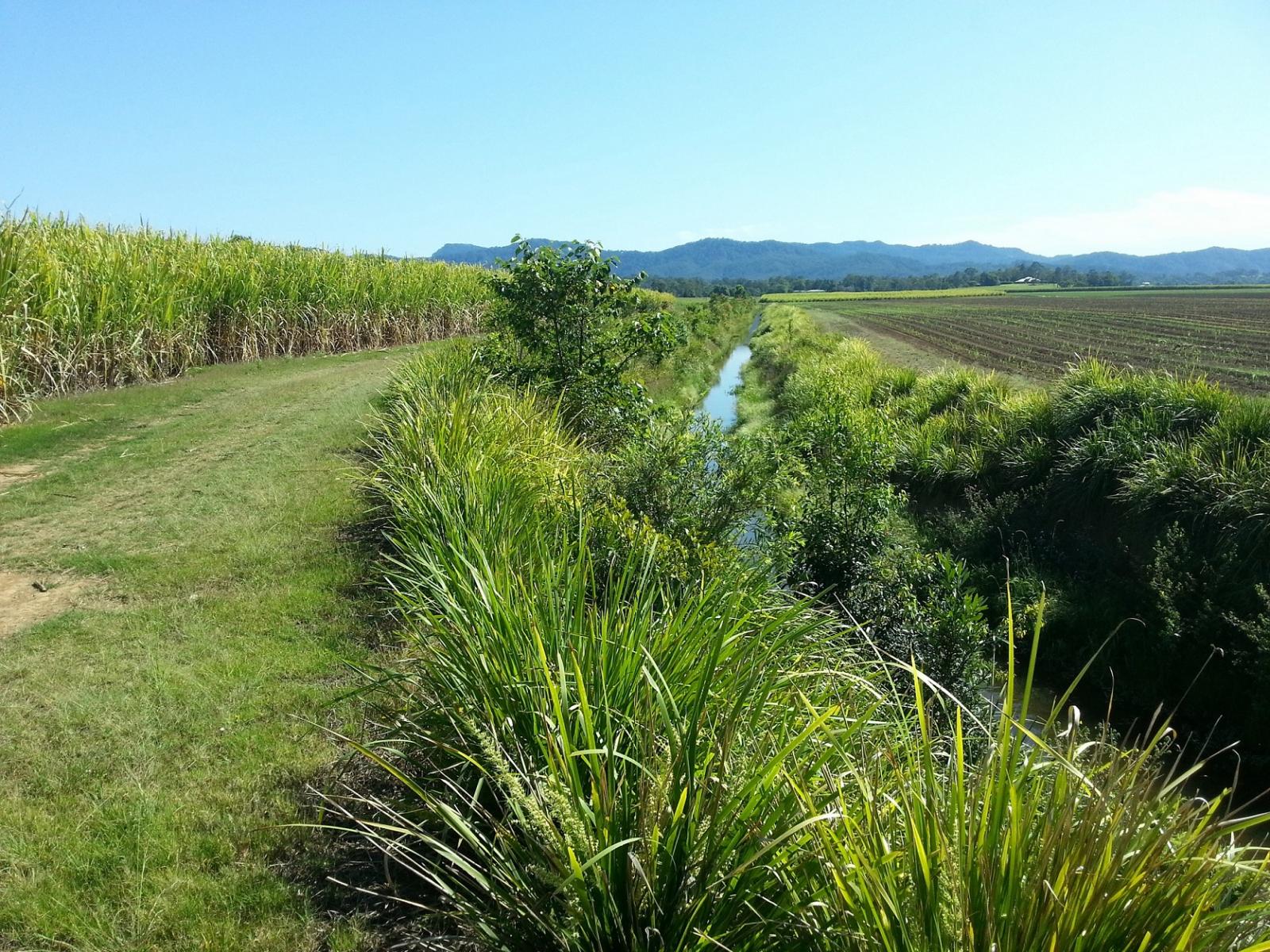An Overview Of Our Solution
- Population Impacted:
- Continent: Oceania
Organization type
Population impacted
Size of agricultural area
Production quantity
People employed
Describe your solution
Describe your implementation
External connections
What is the environmental or ecological challenge you are targeting with your solution?
Describe the context in which you are operating
Tweed Shire is a local government area north of Sydney and south of Brisbane. It's bordered by the Mount Warning volcanic caldera. Over 92,000 people live in the Shire & the population is expected to reach 128,000 by 2031. The rapid population growth is the result of people moving to enjoy the lifestyle, favorable climate and natural environment. This puts further pressure on the natural environment and its rich biodiversity. Tweed Shire is recognized as one of the most biodiverse areas in Australia with over 1,500 species of flowering plants & over 60 species of mammals and more than 270 species of birds. Rural land is used largely for agriculture, particularly sugar cane growing, beef and dairy farming, and small cropping. Agriculture makes only a small contribution to the economy (approximately 2% of GDP $A58m/year) but occupies over 2/3 of the landscape. Consequently, agriculture is highly visible and has a significant impact on the natural environment and scenic amenity.
How did you impact natural resource use and greenhouse gas emissions?
Language(s)
Social/Community
Water
Food Security/Nutrition
Economic/Sustainable Development
Climate
Sustainability
The project initially required funding to carry out restoration works. Costs associated with restoring a functional riparian ecosystem hare less than the cost of ongoing weed control and drain excavations. A price cannot be put on the environmental benefits and ecosystem services provided by restoring riparian ecosystems. Over time these are expected to outweigh the cost of conventional drain management. The project showed the benefits of investing in riparian restoration as a means of reducing farm maintenance costs to the extent that little or no funding is required to incentivize further work of this kind. Partnerships with universities enable research projects at little or no cost.
Return on investment
Entrant Image

Entrant Banner Image

